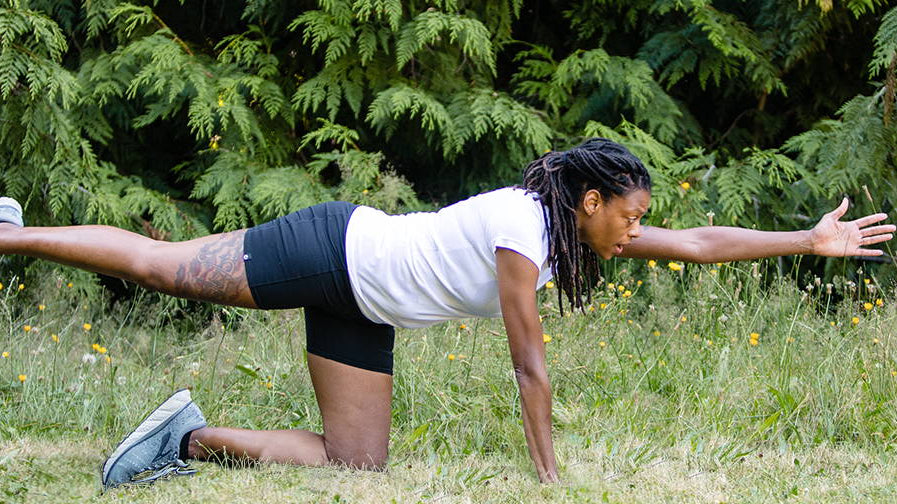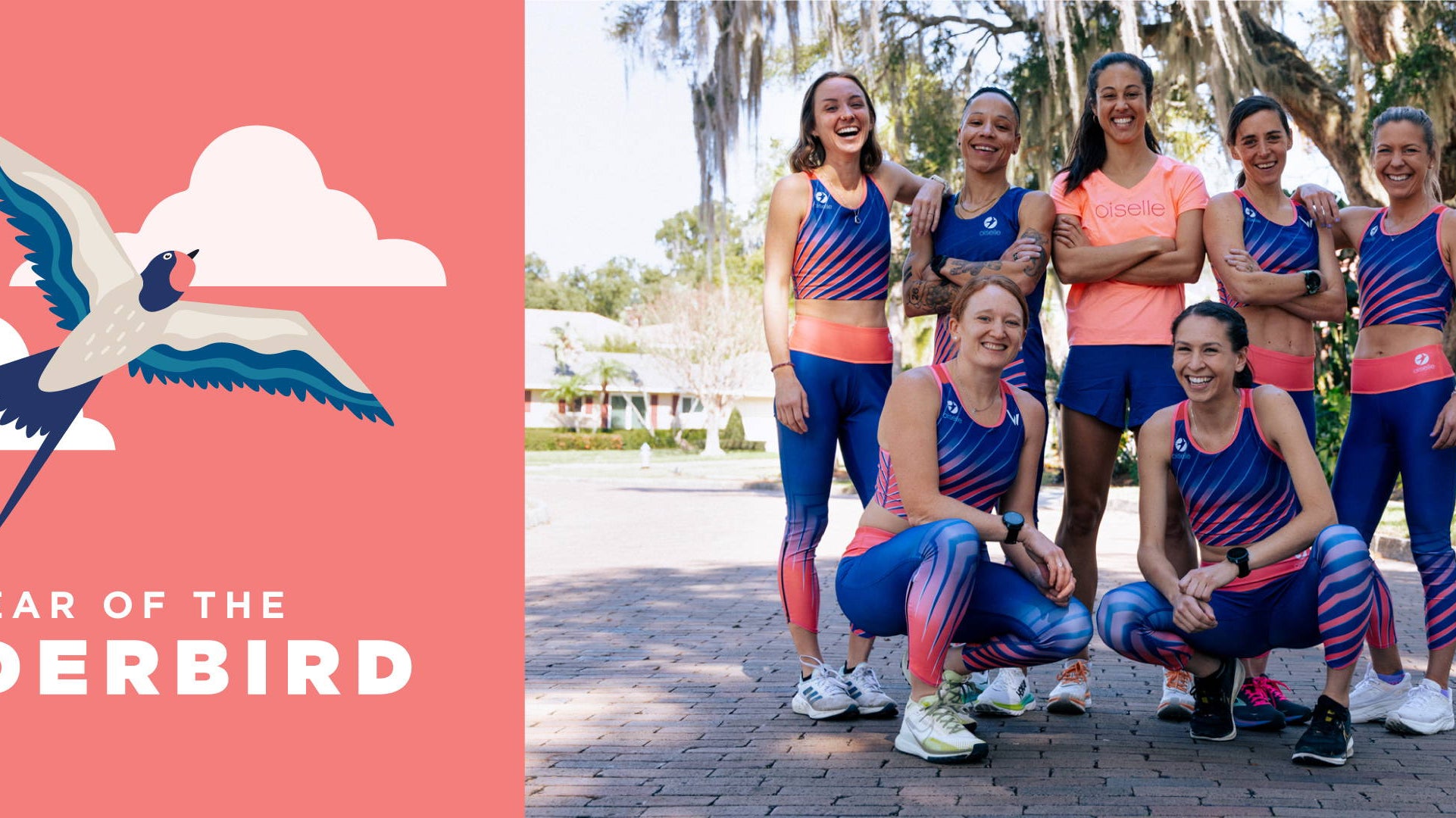The 14 commonly available masks the Duke University research team tested their proof-of-concept protocol for measuring droplets transmitted while speaking on. You can see the gaiter (denoted "neck fleece") tested in (11). Photo credit: Emma Fischer, Duke University
Figure taken from the Duke University study: "Droplet transmission through face masks, displayed on a logarithmic scale. Relative droplet transmission through the corresponding mask. Each solid data point represents the mean and standard deviation over 10 trials for the same mask, normalized to the control trial (no mask), and tested by one speaker. The hollow data points are the mean and standard deviations of the relative counts over four speakers."
- A single test subject and mask is not conclusive data: Since this goal of this paper was to demonstrate their particle counting methodology not rigorously test mask efficacy, most masks, including the gaiter, were tested on just one individual. They refer to him as "a male test person with a strong voice but without shouting". While this works fine for demonstrating methodology, with respect to providing results on mask efficacy it serves more as anecdotal evidence rather than data. There is no guarantee that the person spoke at the same loudness/forcefulness for each test, or that you would see similar results for other individuals. In fact, the authors even note: "the mask tests performed here should serve only as a demonstration. Inter-subject variations are to be expected, for example due to difference in physiology, mask fit, head position, speech pattern, and such." To do a thorough study, you'd need to design a specific study with multiple trials of at least 7-10 people, testing transmission at multiple distances and for a variety of activities (breathing, coughing, talking).
- We don't know specifics of the gaiter or how it was worn: We know lots of factors affect gaiter and mask efficacy including fabric, fit, thickness, if it's folded over, etc. For the gaiter in question, we have a photo which appears to be a "standard" thin single-layer gaiter, like the ones you might get in a race swag bag, but we don't know much else. Thus, extrapolating these results to all gaiters isn't valid.
- The study is not looking at "real world" conditions of people running with gaiters: The set-up measures particles at 20cm distance when a man says the phrase "Stay healthy, people.” It says nothing to support the idea “if a runner runs past you at a 6ft distance wearing a different gaiter, it is worse than nothing.” Since droplets produced while breathing are not the same as when talking, this is another variable that makes drawing definitive conclusions a stretch. Furthermore, the study was also someone talking into a box, so again, very different from being outside where you have environmental factors at play (transmission has been shown to be much worse indoors than outside).
- Change in particle numbers does not necessarily equate to change in infection spread: While the number of transmitted particles provides a fine proxy for virus transmission, it does not equate to change in infection spread. To study changes in infection spread would be much harder, requiring identifying individuals with Covid-19 (again, at least 7-10), place them in a negative pressure room, have them cough, breathe, and talk with different masks on and culture the virus that is transmitted to see how much difference each mask makes. You'd want to do this at different distances and with some standardization on how people "cough, breathe and talk", and lots of other controls in place too. You can imagine this is tough and requires lots of time, medical ethics review, and money so this is why we see so many studies measuring "change in particles": you can approximate this with non-sick individuals, and we assume that on some level, fewer particles is better. However, this is a large approximation since we don't know how much virus would theoretically be carried in each of these particles, how much we need for infection, or the impact in terms of infection risk of shearing a large particle into smaller ones. (eg. Is a smaller particle more likely to be breathed in by a passerby, or more likely to be carried away in the wind? Is the dose enough to cause infection? Is it better or worse than a larger particle falling onto a surface? There are a lot of questions science has yet to answer before we can say what's better or worse!)










